When owner Henk Rogers bought Pu‛uwa‛awa‛a Ranch ten years ago, he wasn’t thinking about hydrogen. “All I was thinking about was living sustainably. I wanted to grow my own food. I wanted to make my own energy. I wanted to take care of my garbage and I wanted to figure out all those things by living them,” says Henk.
The first thing Henk and his partner Vincent Paul Ponthieux (Paul) did was to build what is now the Blue Planet Energy Lab. “I asked Paul to design me a workshop because I like to tinker. I like to build things. We really didn't have a clear picture of what we wanted to experiment with afterwards,” says Henk.
The “workshop”, with its simple clean lines, is a monument to cutting edge, environmentally functional design and highlights what can be done by understanding and using ambient natural processes. A giant wedge, the south facing roof slants at about a 20 degree angle and is covered with 360 solar panels that power the ranch’s hydrogen production.
The north side of the building has tall cathedral-like windows that receive indirect north facing light. “All of the windows are on the north face so we get all of the light and none of the heat. If there's any heat gain in the building at all, it floats up and vents out the top. There's no air conditioning needed,” says Henk.
“The very first gathering in the room downstairs was a meeting about hydrogen. I invited the expert on hydrogen from the University of Hawaii. That was the beginning. Hydrogen. It makes sense. It's something you can store long term and it’s portable and cheap to store. Why aren't cars and cooking and all that stuff being done with hydrogen?” asks Henk.
This question led to the formation of Blue Planet Research with Paul as director. The workshop was dubbed the Blue Planet Energy Lab, beginning an experimental odyssey into energy independence.
Energy Roundup
The first obstacle to tackle was making use of excess energy produced by renewables such as solar. “If you have an off-grid situation like us, it's built for a cloudy day. In other words, the batteries have to be able to charge to 100% on a cloudy day. But what happens on a sunny day? The batteries are charged by 9 or 10 o'clock in the morning and you've got the rest of the day and all this energy being wasted because there's nothing you can do with it,” says Henk.
Unless you use the excess energy to split water and create hydrogen fuel. The basic process of creating hydrogen is simple. Plants do something similar every day when they convert light into chemical energy, which is then stored for later use. It’s called photosynthesis.
To produce hydrogen you need to split water into its two elements: hydrogen and oxygen. One method of doing this is through electrolysis, where running a current through water, causing the oxygen to go to the positive pole and the hydrogen to accumulate on the negative pole. But you need energy to power the electrolysis, so the only economically viable way to produce hydrogen is to use free or very cheap energy, such as excess solar power.
The lab’s 360 solar panels were producing an abundance of extra energy and Paul and Henk got to work to harness it, developing a battery storage system for the solar energy and using the excess to make hydrogen fuel.
Just outside the lab is a small outbuilding that contains an industrial sized electrolysis system or the electrolyzer, that produces the hydrogen fuel that powers the back-up fuel cells. Two five foot tanks lay on their sides with a series of chambers at their feet, each with a dividing membrane. Oxygen bubbles up on the side with the positive pole and the hydrogen bubbles up on the negative. They are then captured in the two separate tanks.
“This is where the electricity comes in from the panels. Each charge controller handles 18 panels. We have 360 panels on the roof so we have 20 controllers. They regulate the electricity that comes off the panels,” says Henk.
From there, the electricity travels through “a big DC bus”, about an eight inch diameter pipe that contains the wiring that carries the electricity, to an array on the facing wall. “This is control central for all the DC electricity. The battery storage is always DC. It goes from here to the batteries or to make hydrogen,” says Henk. “And if we need AC it goes through here (pointing out another set of panels). These are the inverters. We have five inverters and each does eight kilowatts,” he adds.
Because they’re lithium iron phosphate based, the batteries don’t overheat and charge quickly. Henk opens up one of the racks, which contains 10 batteries. “One stack is about 20 kilowatt hours. And so this whole thing is about 100 kilowatt hours of battery storage. What's inside are these cylinders that look like AA batteries. There's a little computer inside each one of these and it monitors the little batteries and makes sure they're all charging evenly,” says Henk. The software running those computers, called EMCc, was developed by a team at the lab.
Another necessary component of the system are fuel cells, which convert fuel into electricity. These are housed in cabinets just inside the big bay door and are being fed hydrogen through a 3/8” diameter hose. The fuel cell then converts hydrogen into energy. “If the batteries go below 10%, the fuel cell kicks in to charge the batteries. It goes down to 8%, it turns on, it gets to 10% it switches off until the sun comes up.
Although the Hawai‛i Legislature has made a commitment to be 100% renewable powered by 2045, Henk thinks it could happen sooner. “I think we can go 100% for electricity by 2030, easily.” One of the difficulties faced by Hawai‛i Island and the producers of renewable energy such as solar and wind farms, is they are unable to put the excess power to work.
“They have to throw it away. In the contract they have with the electric company it says they can't use it for anything else. We have to change that. The electric company can't handle the rest of the electricity and they don't want the solar farms selling their electricity directly to somebody else. If we have to pay for the excess energy, then it's too expensive. If we can get over the hump of, let's not throw it away, then the price of electricity goes down,” says Henk.
The Hawaii Island Energy Cooperative (HIEC), a non-profit association of community leaders, was formed in January 2015. The hope is that a cooperative would be capable of addressing this and other energy issues facing Hawaii Island with a cooperatively owned electric utility.
Recently eight organizations, including Henk’s non-profit, Blue Planet Foundation announced Drive Electric Hawaii, a mission to provide more electric ground transportation. That would mean more charging stations powered by renewables and an increase in the number of electric vehicles, including public transportation vehicles. (Photo 9 here)
For their part, Blue Planet Lab is exploring possibilities for transportation fueled by hydrogen fed fuel cells. “First we went after electricity, next we go after transportation. So if you're a city or county and you own buses, when it's time to replace the buses, replace them with hydrogen buses. And then there's a demand for hydrogen. We have to create some legislation that allows solar and wind farms to use their excess power to make hydrogen. Then we make our own transportation fuel. So those are the steps that we're working on right now,” says Henk.
Henk believes that Hawai‛i can eventually be off the grid and he likes to walk the talk of sustainable living. “My theory is that when you live it, then you can talk to other people and say, 'You know what? It's not that hard’,” says Henk.
Contact Blue Planet Energy: [email protected]
Contact Jan Wizinowich: [email protected]
Blue Planet Energy Lab photo courtesy of Blue Planet Energy: [email protected]
All other photos: Jan Wizinowich; [email protected]
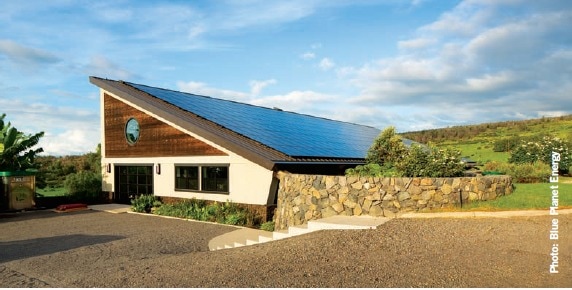
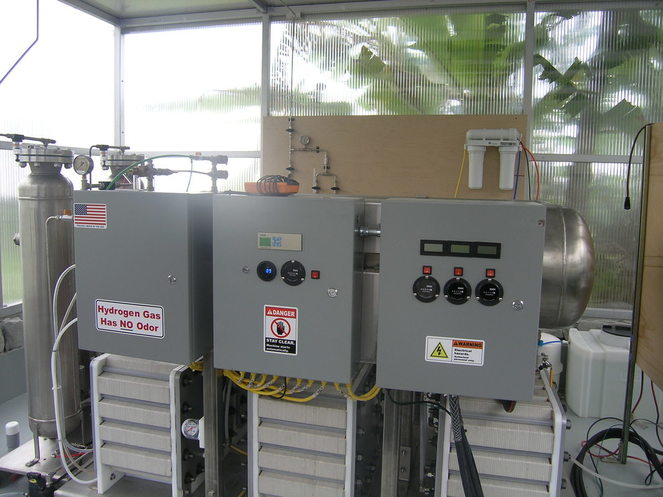
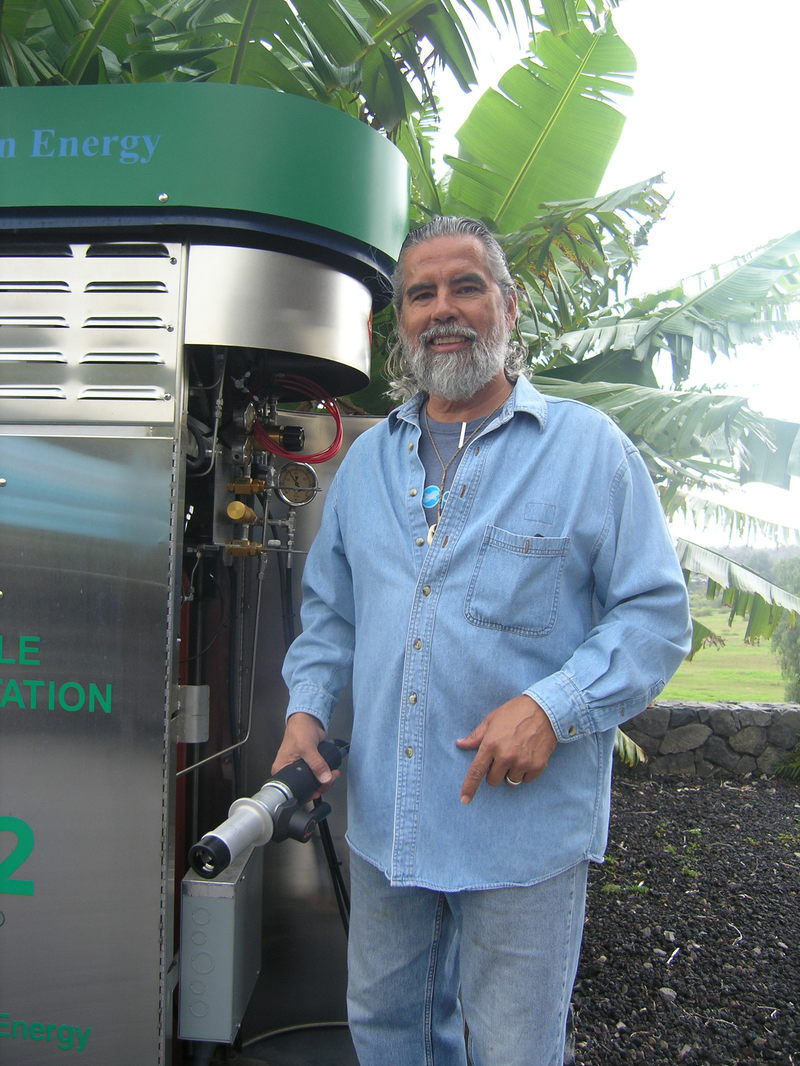
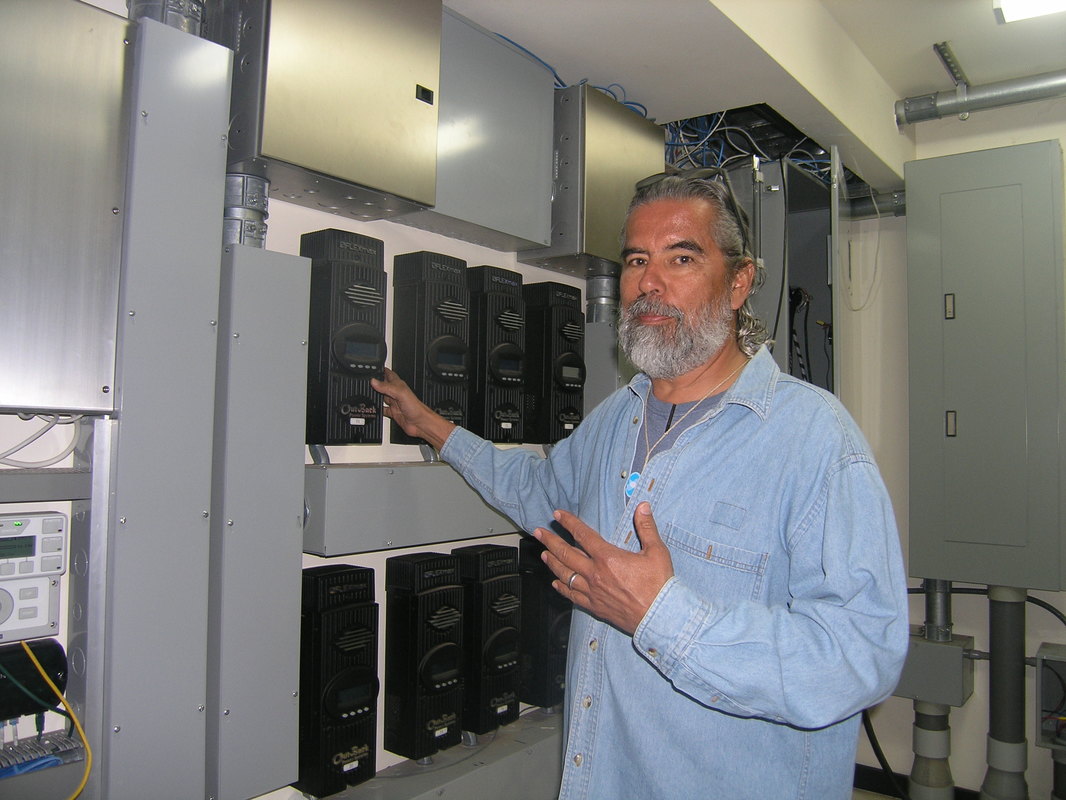
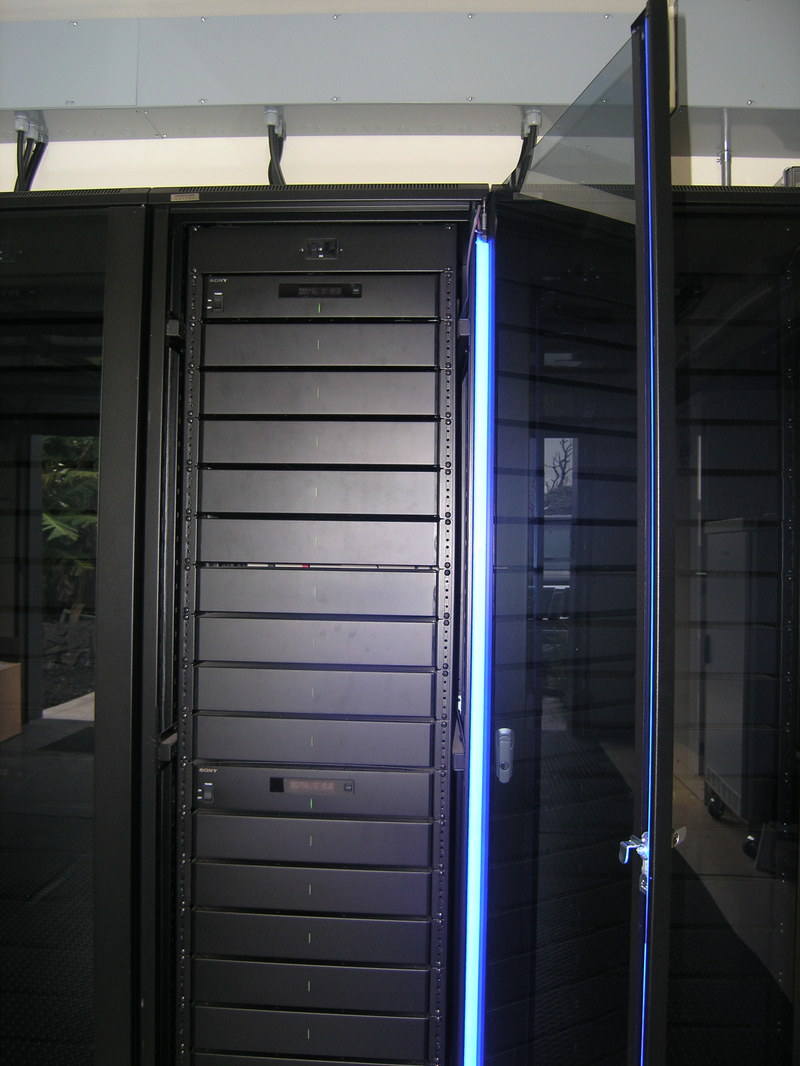
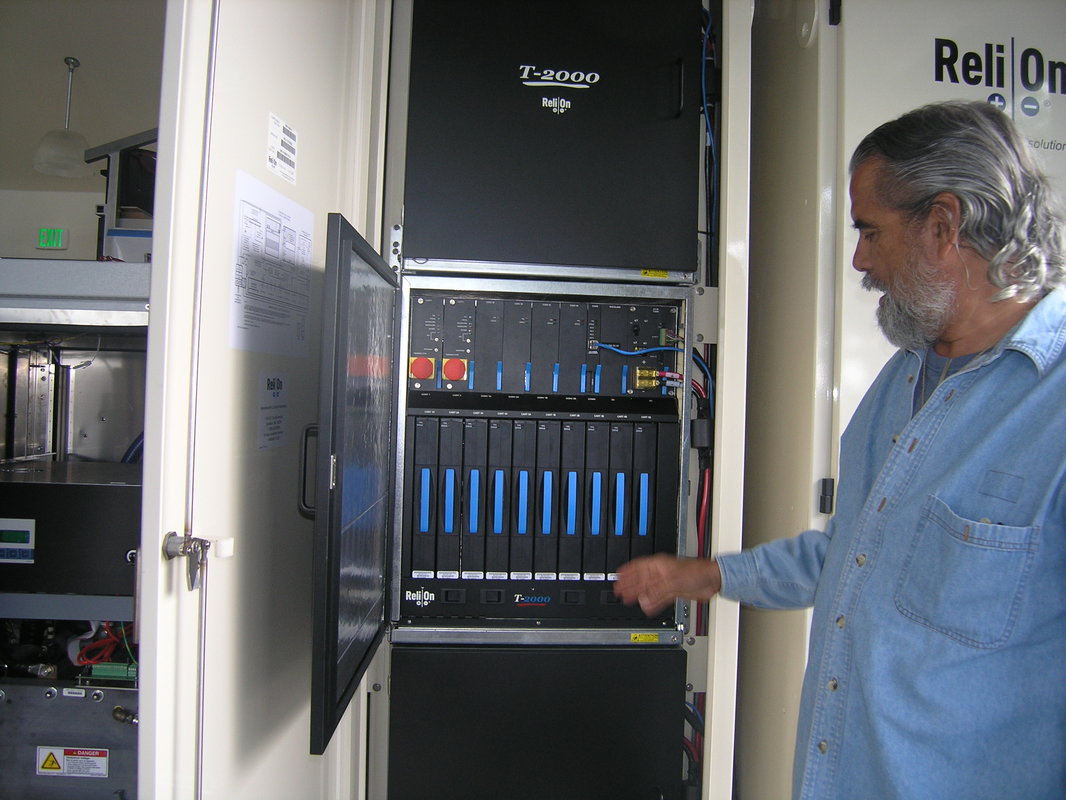
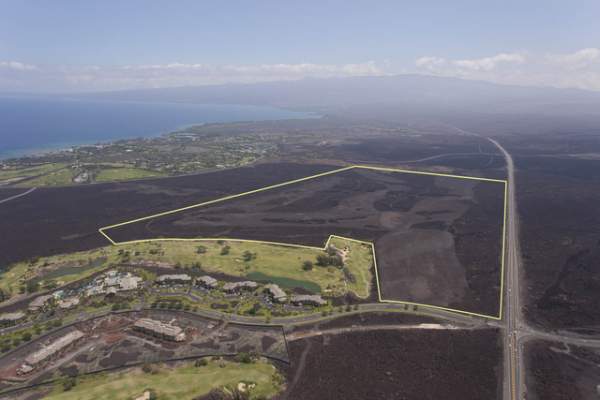
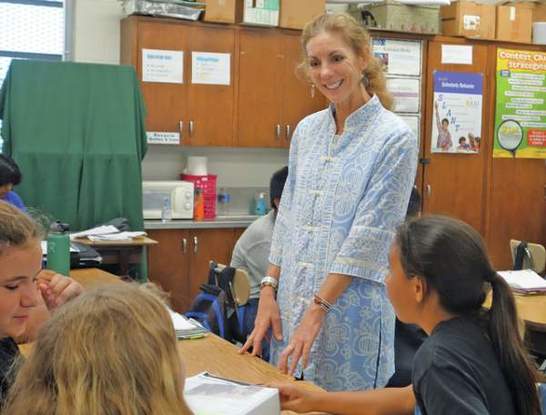
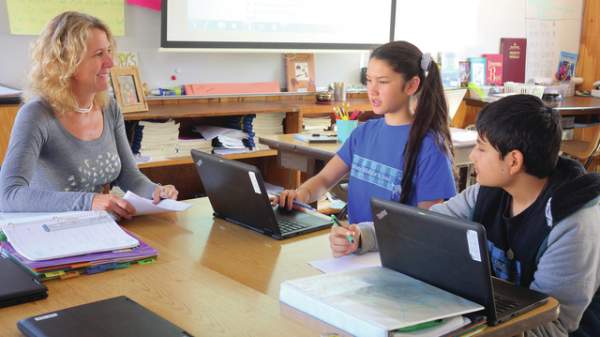
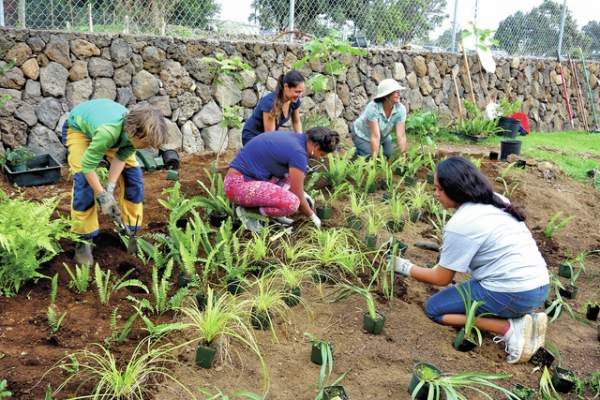
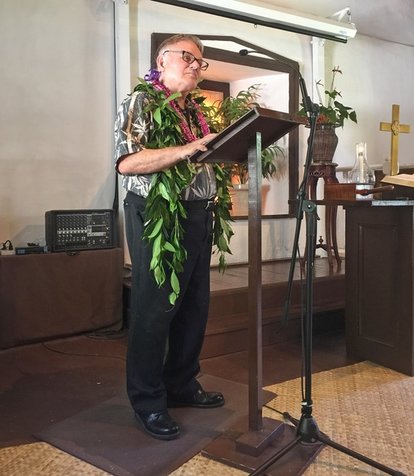
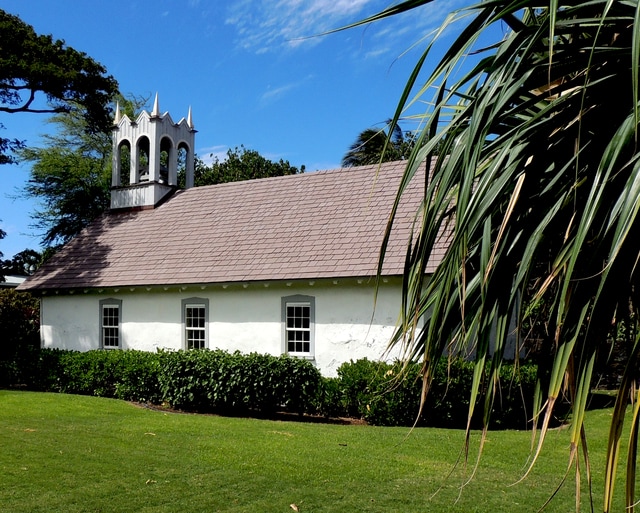
 RSS Feed
RSS Feed
